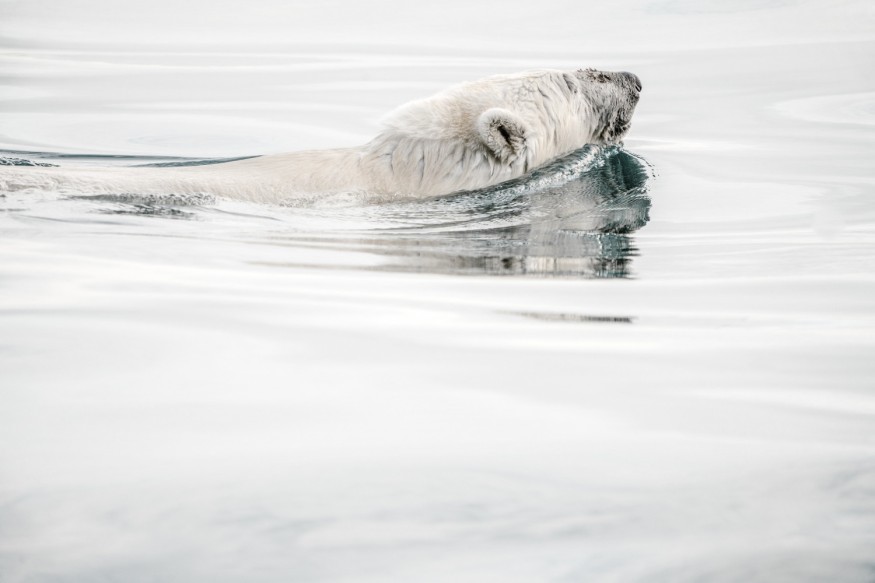
The first physics-based quantifiable evidence produced by researchers show that thinning ice shelves in Antarctica are causing more ice to flow from the land into the ocean.
Their findings can be accessed in Geophysical Research Letters.
Significant changes in the thickness of the floating ice shelves that surround the Antarctic Ice Sheet were detected by satellite measurements between 1994 and 2017.
However, there was no actual evidence linking data that could demonstrate the claim until now, while it has been suggested that the thinning ice shelves were responsible for a direct loss of ice from the land-based ice sheet into the sea.
Researchers in the United States and the United Kingdom have now commenced the first continent-wide evaluation of the result the thinning ice shelves are having on the flow of ice in Antarctica.
They were especially intrigued by understanding how much ice flowed across the 'grounding line.' This is the point where the land-based ice sheet reaches the sea-based ice shelves.
The scientists used a modern ice-flow prototype produced at Northumbria University in the United Kingdom and newly available measures of changes in the geometry of ice shelves to determine the changes in grounded ice flow.
When the results were compared with those collected by satellites over the last 25 years, the experts found what they described as 'striking and strong' associations in the model of ice moving from the ice sheet into the ocean.
The most significant impact was found in West Antarctica, which already makes a substantial increase to sea-level change. The most extensive changes are taking place around Pine Island and Thwaites glaciers.
Evidence of the changes on Pine Island Glacier is seen almost 100 miles (150 kilometers) inland upstream of the grounding line, according to lead author Hilmar Gudmundsson, Professor of Glaciology and Extreme Environments at Northumbria University.
Gudmundsson said there had been a long-standing question on what caused the changes they have observed in land-based ice over the last 25 years. The idea had never been put to the test while thinning ice-shelves had been suggested as a reason.
The lead author found how striking the well-modeled changes agree with the pattern of observed mass loss. The speed at which the ice flowed from the sheet to the ocean is a critical element to the result of the thinning ice shelves.
"There are other [methods] present [in the pattern], but [the] observed changes in ice-shelves do cause significant changes over the grounded ice, speeding up its flow into the ocean," Gudmundsson said. The lead author underscored that the impact of Antarctica's thinning ice sheet is already being felt "without any delay."
The study shows the thinning of the ice shelves results in a significant instantaneous response to ice flow and ongoing mass loss. "This means that we are not protected against the [effects] of the Antarctic Ice Sheet on global sea levels by a long response time," the lead author said.
He added that lack of data and limitations in modelling previously made the research challenging to quantify the importance of ocean-induced changes as a tool for ongoing mass loss. "But we have now shown that the observed ice shelf changes do indeed impact on upstream flow significantly," the lead author added.
It is perceived that the ice shelves may be thinning due to changes in ocean heat content, either by ocean warming or from changes in how the ocean circulates around and below the shelves, but further research is needed to establish the specific reasons.
© 2025 NatureWorldNews.com All rights reserved. Do not reproduce without permission.





